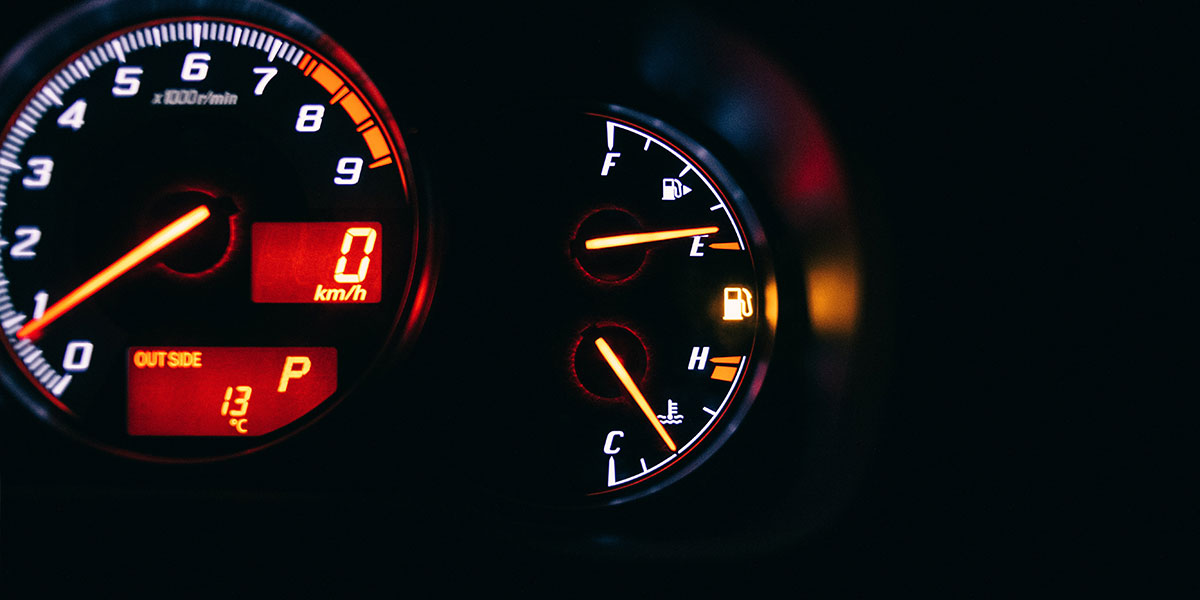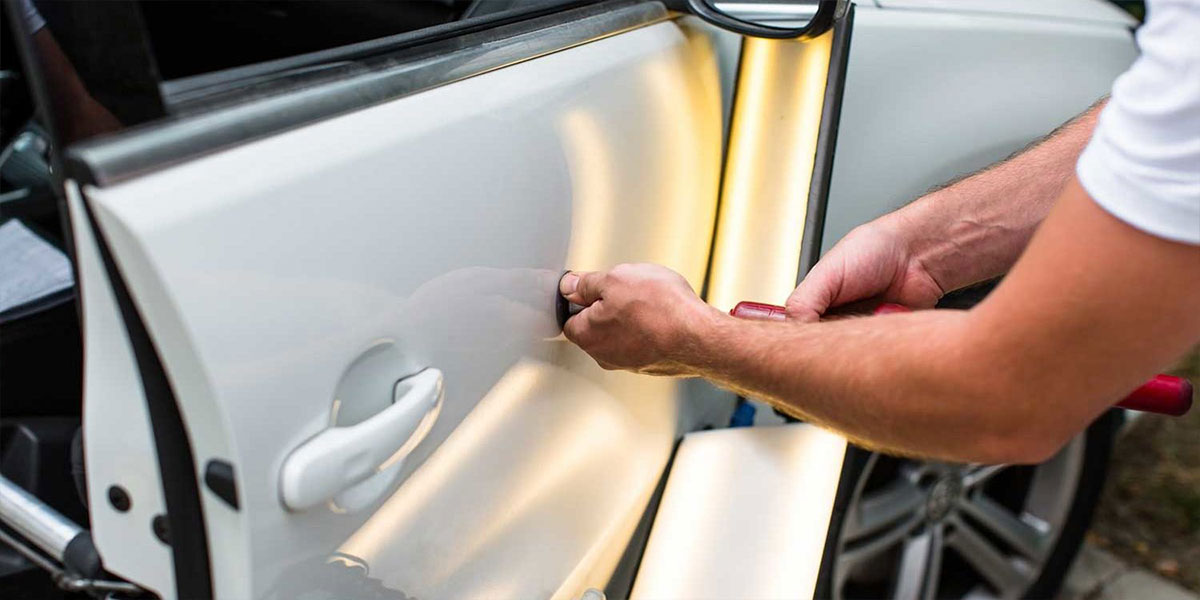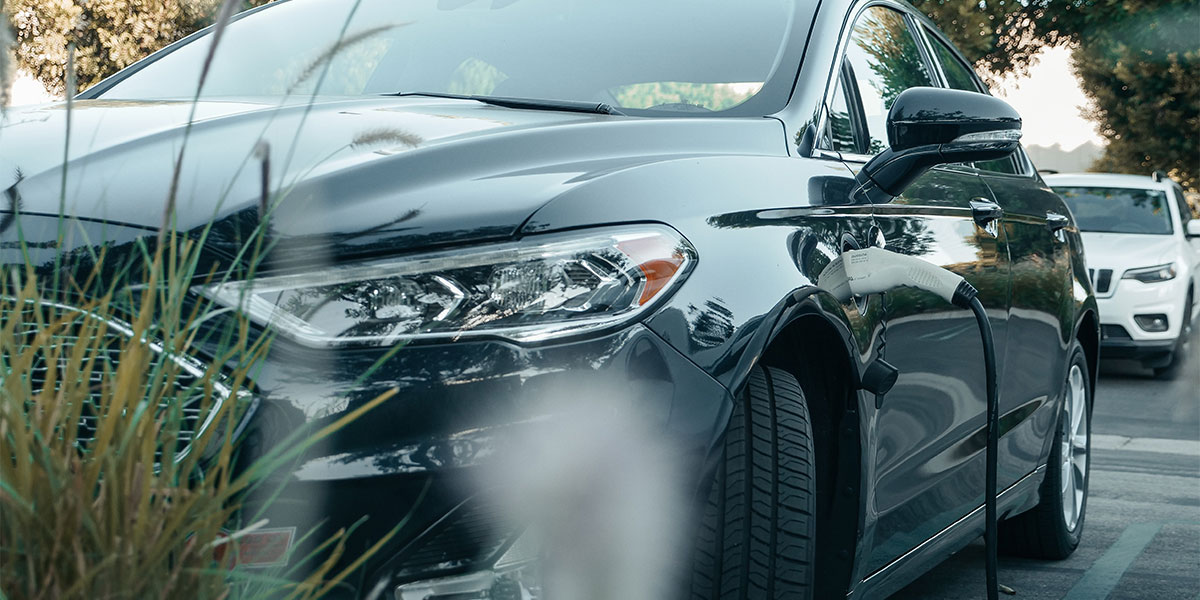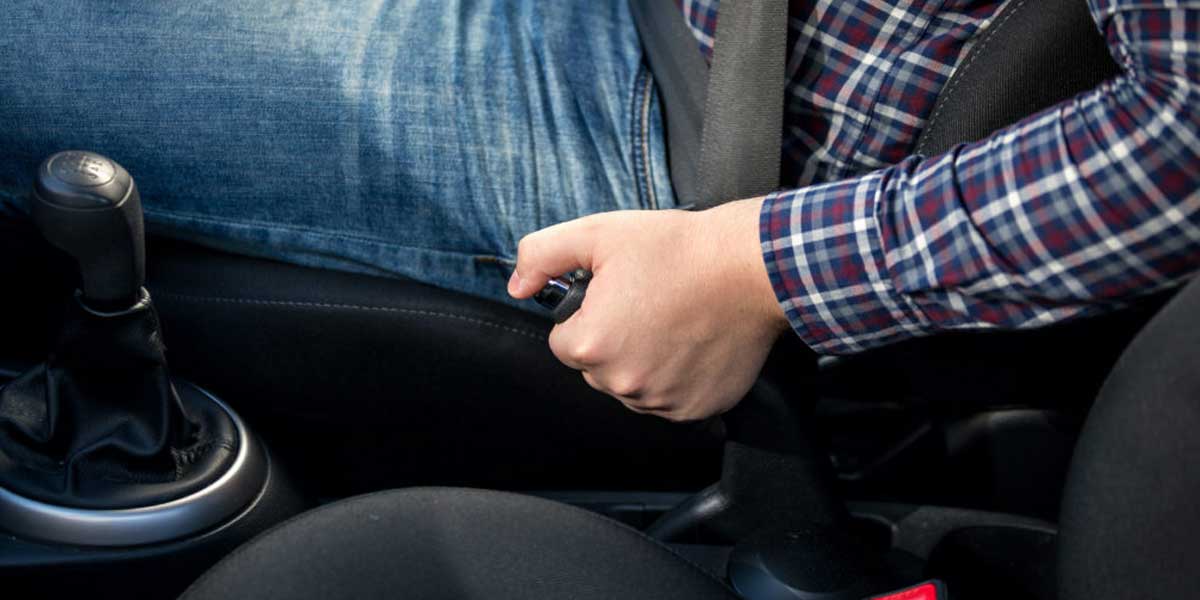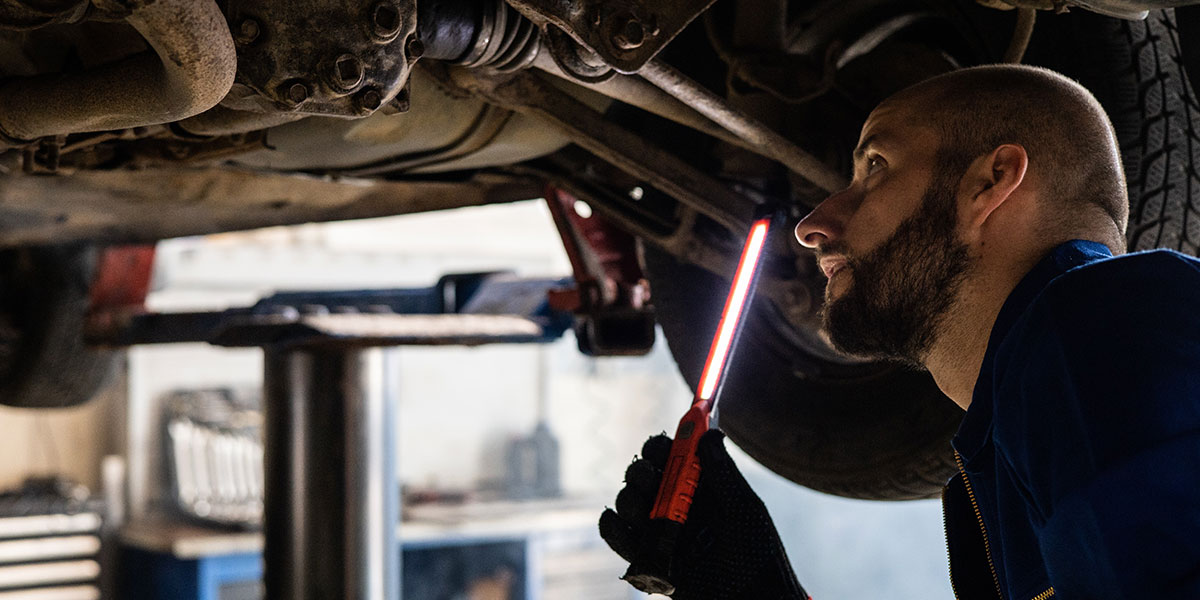When your fuel warning light illuminates, it indicates that you only have 10% to 15% of the tank’s capacity remaining. As such, you should aim to get to a petrol station to refuel as soon as possible. But how long can you drive with your fuel warning light on, and is it safe to do so?
The 101 on fuel warning lights
When your fuel warning light comes on, it means your vehicle is running low on fuel – typically, it will have around 10% to 15% of fuel left at this point. When your fuel warning light begins to flash, this indicates that your tank is even emptier, and you need to get to a petrol station pronto.
There’s no one answer for how much fuel is left in a tank when the warning light illuminates. Factors like road conditions, your choice of gear, and tyre pressure can all play a part in the distance you’ll be able to travel when the fuel warning light appears. Different car makes and models will also travel varying distances when the fuel warning light appears.
Can you drive with the fuel warning light on?
Although you can drive with the fuel warning light on, it’s not the best idea to do so. As your fuel level gets low, you’re more likely to cause damage to the fuel filter and pump, as debris from the fuel tank can begin to interfere with their function.
It can also be dangerous to run out of fuel if you’re not in a safe place to do so – and this may even cause accidents if you’re on busy roads like motorways. It’s more sensible to avoid driving long distances on busy roads when your fuel light illuminates, so you can reduce the risk of collisions and accidents.
Consider your fuel warning light as a warning sign that you should refuel your vehicle as soon as possible, rather than driving around whilst it’s illuminated. If your fuel warning light begins to flash, this indicates that you need to refuel immediately or you may grind to a complete halt.
You may feel like the car begins to move in a jerking motion when your fuel levels are low, and the vehicle may struggle to accelerate with its usual speed.
Be aware that more modern car models have a digital fuel readout, which is designed to give drivers an accurate sense of how far they can travel with the current fuel level. However, even these are only indicatory, so it’s still sensible to refuel as soon as possible once the tank begins to empty.
Upgrade your car with My Car Credit
If you’re looking to upgrade your current drive to a safer make and model, My Car Credit can help. Use our car loan calculator to get a no-obligation quote in minutes.
Rates from 9.9% APR. Representative APR 12.4%
Evolution Funding Ltd T/A My Car Credit
Require more help?
Got a question you can’t find the answer to, or need some advice and guidance around taking out car finance? Our Car Credit Specialists are friendly, experienced, and here to help so get in touch today!

